Close-up on deflector screens
What is the purpose of deflector screens?
Deflector screens are an effective solution to combat the spread and unwelcome acceleration of uncontrolled rock instabilities after disruption. This passive solution does not prevent elements falling or allow them to be intercepted. It is adopted by default in place of active solutions to the source of the problem and when interception of instabilities is realized further down from the screens or this is simply not desired.
This kind of protection is often found at significant heights at big cliff faces in order to break the speed of blocks.
Deflector screens are often coupled with block screens which are situated further down. They are often present at pits on cliff faces at heights of hundreds of meters.
It is essential that the protection to be implemented is measured by an expert, taking into account the impact force at its entry / exit. The dimensions are determined by the scale of the potential instabilities, their trajectories and the interception heights. This determines the capacity of the deflector to create the desired speed for material exiting the installation.
Deflector screens: Regular maintenance?
Frequent monitoring is necessary as this type of protection is conceived to absorb and brake / deviate impacts. Frequently, then, the elements of these installations are impacted in an unfavorable manner (posts, guy ropes, nets…).This means they need to be replaced to maintain their capacity to cushion future impacts.
These screens do not necessitate more advance geotechnical studies than is the case for designing a single block screen. However, certain competencies of a geotechnician specialized in cliffs are still required. They need to investigate the significant high faces and list those instabilities present, noting their volumes and drop heights. The cost is relatively client-friendly. However, the appropriateness of the choice is limited by the sources of the problems not being addressed.
In short, the chief advantage for the client is to prevent the acceleration of blocks falling from above and reduce the impact absorption capacity necessary for those interception screens further down. This reduces the cost for the client at important locations.

